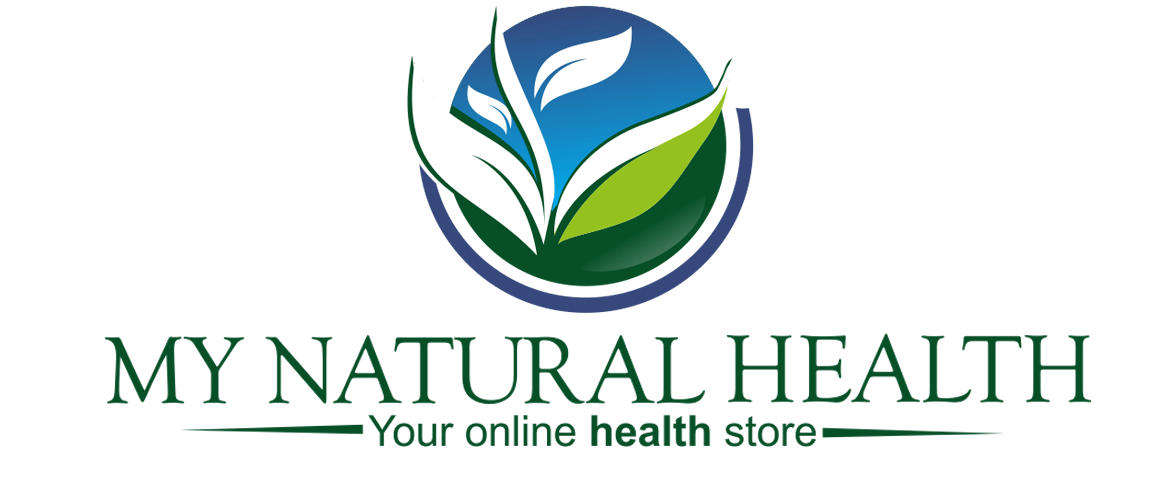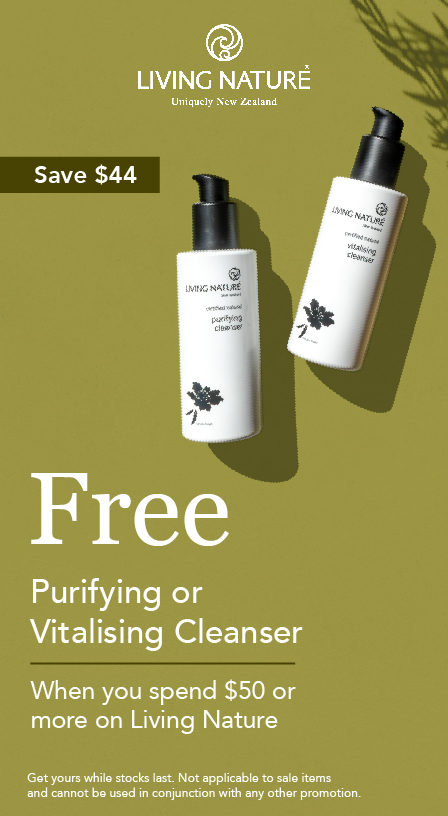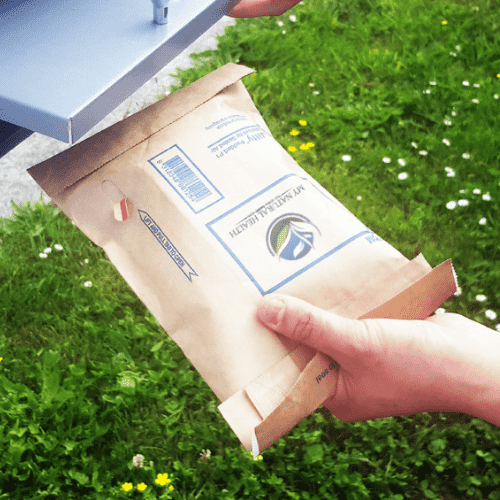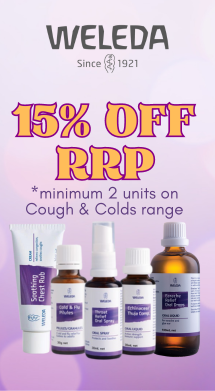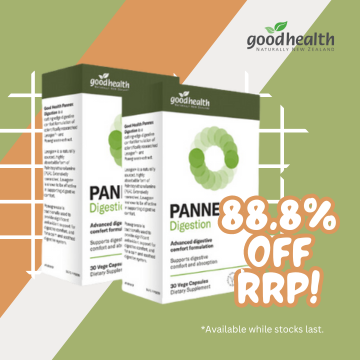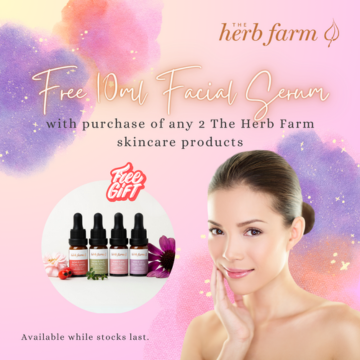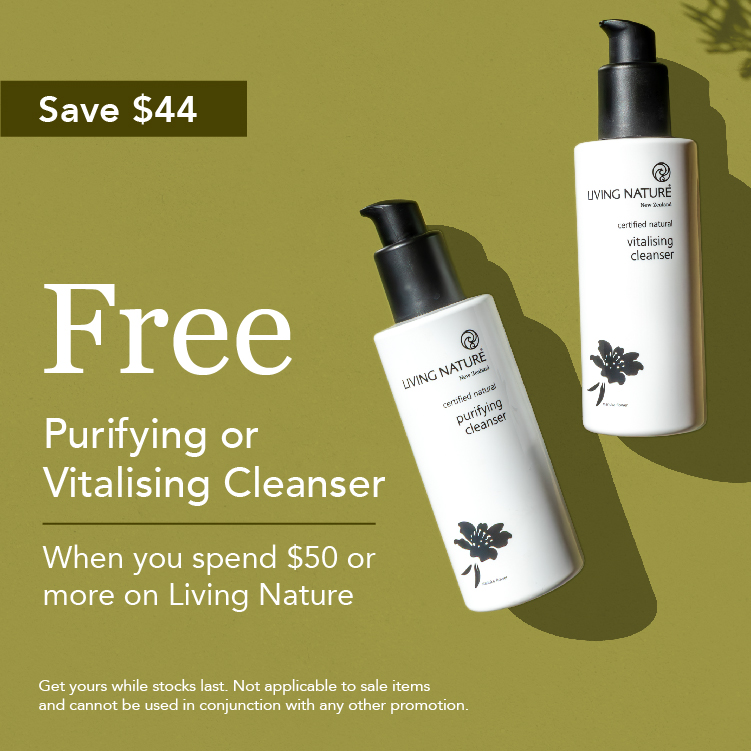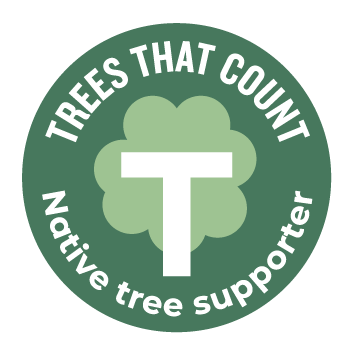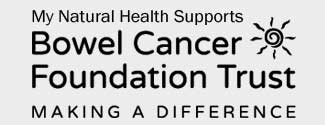Thanks MNH you guys really are the best in the business, great all -round service, special thanks to Sheldon for his extra care and attention to detail, plus the amazing gift :)![]()
This article appears in Food matters website http://www.foodmatters.tv/ and is an interesting look into Autism. Tuesday, March 16, 2010 - The well researched January cover story of E Magazine, “The Search for Autism’s Missing Piece: Autism Research Slowly Turns Its Focus to Environmental Toxicity” by Brita Belli, spotlights environmental factors that might contribute to autism; the fastest-growing, most horrifying developmental disability in America today now affects 1 in 100 children according to the CDC.
The explosion of autism in one generation screams for an explanation past genetics, but research to date has primarily been centered only on genes. Current research fails miserably to provide answers to halt autism’s continuing rise or to treat those already affected. In fact, some question whether definitive research proving the cause, or causes, of this national crisis will ever come due to money and politics. Belli’s article discusses the medical community’s reluctance to investigate and identify sources of chemical toxicity affecting children. She explains, “The nonprofit Environmental Working Group, in a detailed report about the neglect of autism research’s focus on environmental factors, points out that ‘Hundreds of studies have explored the genetic roots of the autism epidemic, but none has uncovered a single gene or vulnerability to account for more than a fraction of cases." According to Belli, several environmental factors may contribute to autism and need further exploration: * mercury in vaccinations, dental amalgams, seafood and other sources, * lead and sulfur dioxide in our air and drinking water, * arsenic and pharmaceuticals in our drinking water, * chemicals in plastics - phthalates, Bisphenol-A, and * flame retardants found in homes and school. Heavy Metals, Porphyrins and Chelation Research that does investigate environmental factors is uncovering a strong link between heavy metals and autism. Several studies show more porphyrins (chemical compounds that increase in the blood in response to heavy metal toxicity) are found in the blood of autistic children following chelation than in typical children, suggesting autistic children retain heavy metals rather than excrete them. Chelation is a conventional, yet controversial, medical treatment that uses a drug such as dimercaptosuccinic acid (DMSA) to extract heavy metals from the body. Re-categorized by some as a questionable holistic biomedical treatment, DMSA remains one of the oldest drugs (around since the 1950s) used as an antidote for heavy metal poisoning. Glutathione Other research identifies biological factors that may contribute to autism, and one is the important antioxidant called glutathione. Glutathione is critical in the body for excreting heavy metals because it binds to metals in the body and eases elimination. A pioneering study in 2004, led by Jill James, Ph.D. of the Arkansas School of Medicine, showed autistic children had significantly less glutathione levels than children without autism. Low glutathione increases oxidative stress in the body, and James explains that an, “…increased vulnerability to oxidative stress (endogenous or environmental) may contribute to the development and clinical manifestations of autism.” James proposes some children are genetically predisposed to low glutathione levels, which may make this subset of children susceptible to heavy metal toxicity and display symptoms that lead to a diagnosis of autism. More than ever, heavy metals are found today in a variety of consumer products such as pesticides, furniture, food, children’s toys, and vaccinations.
Antibiotics Beside the combination of high heavy metals and low glutathione found in their bodies, autistic children also often have a history of antibiotic use and gut dysbiosis. A study by Adams, et al, looked at the medical history of children with autism and found they were much more likely to have been given multiple rounds of oral antibiotics as infants, mostly due to increased ear infections. What makes high heavy metals, low glutathione, and the addition of antibiotics a bad mix? The studies author explains, “Oral antibiotics in rats have been shown to greatly decrease the rate of excretion of mercury. So the half-life for excretion goes from 10 days to 100 days in rats on oral antibiotics.” Belli adds, “That toxicity—whether in the form of vaccines, fish, dental amalgams, air pollution, tainted water or other environmental toxins—might provide the “toxic tipping point” to render a child autistic.” What Can You Do? Learn. Rates of children diagnosed with autism continue to climb steadily, from 1 in 10,000 children in the 1980’s, to 1 in 500, to 1 in 250, to 1 in 150.
Today, autism affects 1 in 100 children, 1 in every 58 boys, and shows absolutely no sign of slowing. As stated earlier, money and politics play an important role in the type of research conducted. While we wait for conclusive research that points to autism‘s causes, and watch as government and political bodies debate the issue, it is recommended that parents: * Research all consumer products purchased for or used near children including cleaners, pesticides, toys, furniture, carpeting, food, and vaccinations. * Review the benefits of these products, read the package labels and inserts, and pay special attention to all the risks. * Regardless of whether or not your child has autism, find a health practitioner who has not only reviewed research on genetics, but who also has personally read and evaluated the research on chemical toxicity. If he or she has not taken the time to read it for themselves, find another practitioner. * Be sure to discuss your evaluation, ideas and thoughts with your practitioner. Ultimately, a parent’s own thorough research, in consultation with a health professional, is the best defense against autism. Source: www.healthychild.org
Comments on this post
There are no comments on this post... be the first to place a comment!

